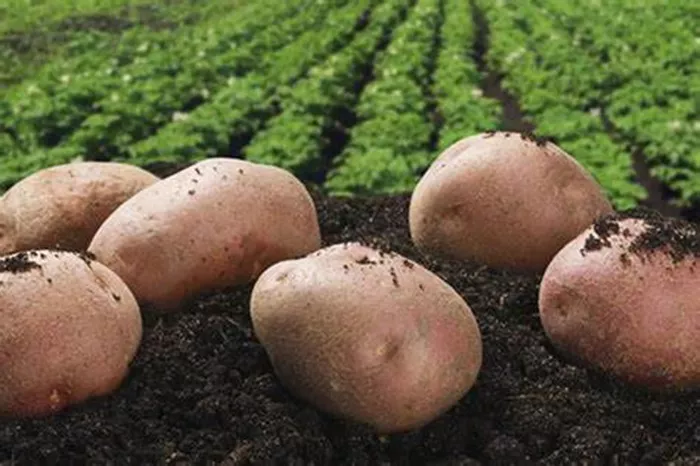As the 2024 autumn planting season approaches, several agricultural agencies are highlighting the critical role of potash in optimizing cereal crop yields. This essential nutrient not only contributes to maximizing yields but also plays a significant role in the overall health and vigor of cereal plants.
Cereal crops require potash in quantities that are at least equal to, if not greater than, any other nutrient, including nitrogen (N). Potash serves as the principal regulator of solution concentrations within the plant, controlling cell sap content to maintain turgor pressure and facilitating the movement of various materials throughout the plant.
The availability of potash is crucial for nutrient uptake by the roots and the subsequent transportation of those nutrients to the leaves for photosynthesis. Furthermore, potash aids in the distribution of sugars and proteins produced by the green tissue, which are vital for plant growth and grain filling.
According to the Potash Development Association (PDA), a sufficient supply of available potash is essential for producing high-quality, marketable grain that boasts good specific weight and well-filled grains. A deficiency in potash can lead to premature ripening, significantly reducing the size and weight of individual grains. This can also inhibit the development of potential grain sites, consequently lowering the total number of grains per ear.
Cereal crops harness natural resources such as water, solar energy, and carbon dioxide to produce grain. In the UK, light is often a limiting factor for crop growth. The more effectively crops can intercept sunlight, the higher the yields they can achieve. As annual crops, cereals are unable to capture sunlight throughout the entire year. Data from the Agricultural Development and Advisory Service (ADAS) indicates that crops in the UK can capture up to 60% of season-long energy, while the Agriculture and Horticultural Development Board (AHDB) currently benchmarks this figure at 47%.
Although there are opportunities for improvement early in the growing season, the majority of lost solar energy occurs later as crops begin to senesce. Canopy senescence typically starts in June, with the rate influenced by various factors, including moisture availability. While weather conditions remain unpredictable, potassium supply is a controllable variable that significantly affects crop growth.
Research measuring potash levels in different soils has demonstrated that well-supplied crops with potassium can take up to 29 days longer to fully senesce compared to potassium-deficient crops. Conversely, moisture stress can severely hinder growth and accelerate leaf senescence due to the reduced time available for translocating metabolites from leaves to grain, ultimately impacting both yield and quality.
In summary, delayed leaf senescence, facilitated by adequate potash nutrition, allows plants to remobilize nutrients from older, senescing leaves to younger leaves and developing grains, thereby enhancing overall crop productivity and quality.
Related Topics
How Can I Build My Cardio Endurance?

































